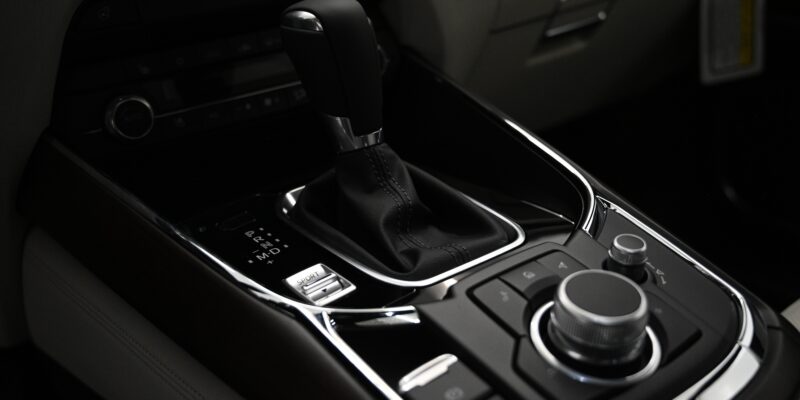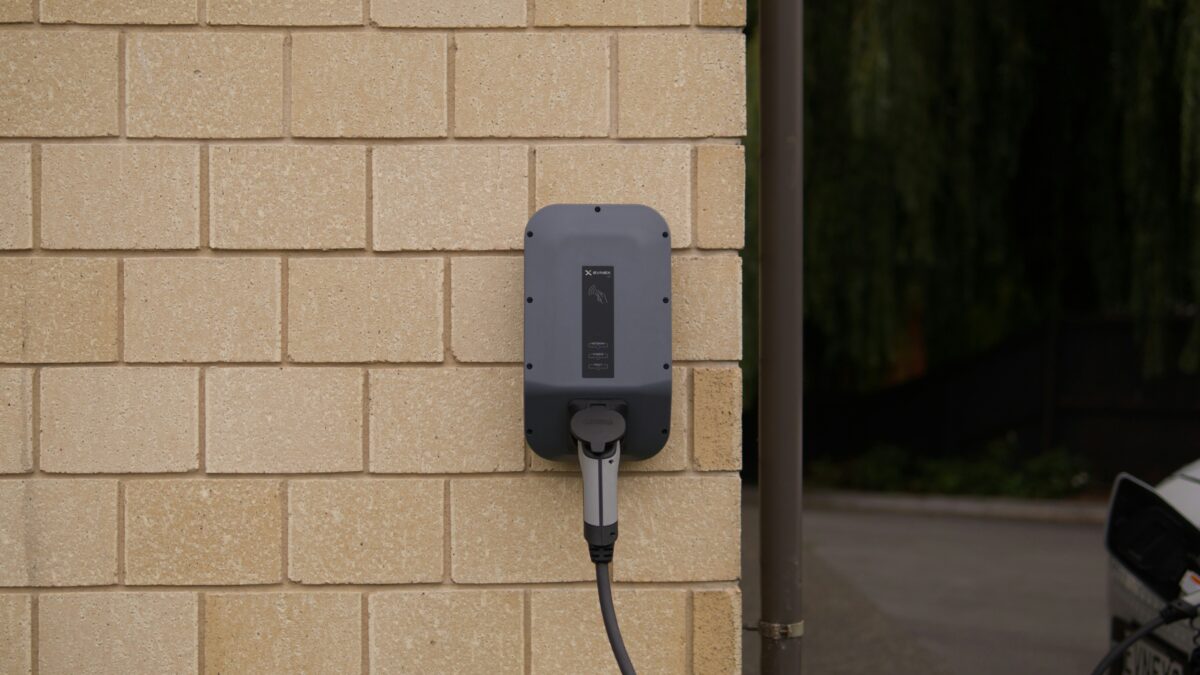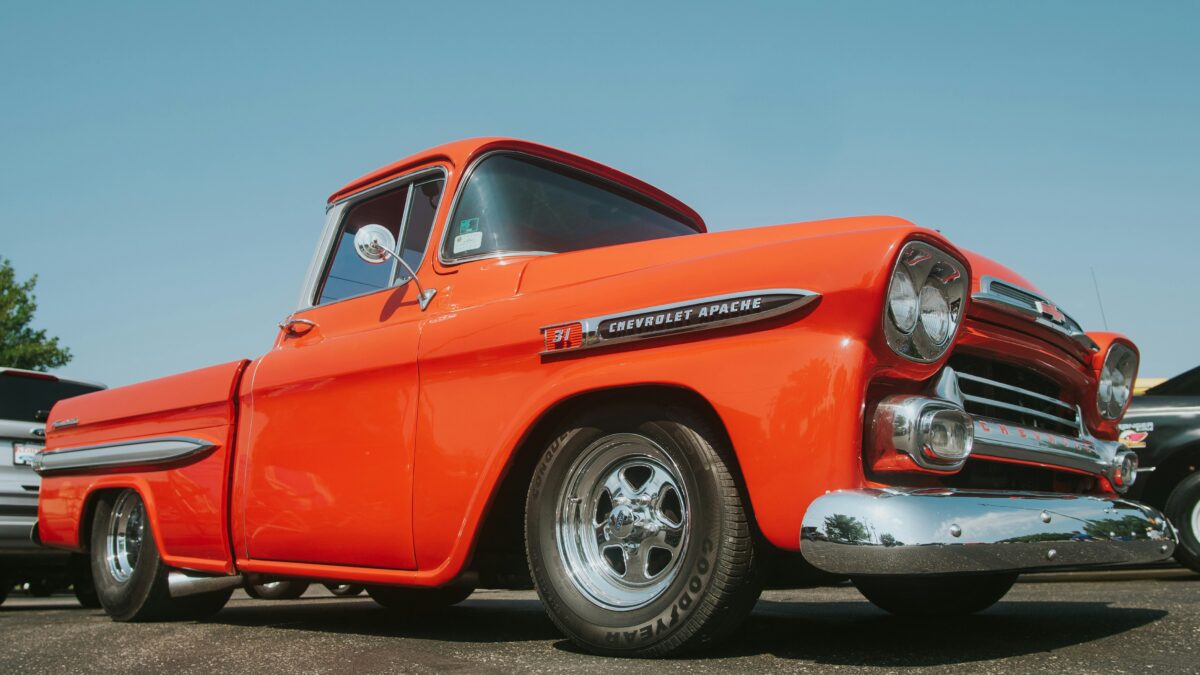Which Is Better: FWD, RWD, or AWD?
Among all the design features available, wheel drive remains one of most important. This feature impacts the performance, agility, and overall driving experience of any make or model you may be considering. Fortunately, these days you have a variety of options available, between FWD, RWD, AWD, and even 4×4. Today we’re going to share the advantages and disadvantages between the three main types to help drivers make an informed buying decision when shopping for a new vehicle.
Front-wheel drive (FWD)
If a car comes equipped with front wheel drive, this means the transmission transfers power directly from the engine to the front wheels. You’ll notice this is the most common form of transmission and engine model available when shopping for a new vehicle. This is due largely to its economical design. In general, the biggest advantages to FWD include:
- Quality traction in snow and rain compared to RWD
- Most affordable choice among vehicles with RWD and AWD
- Better gas mileage
The major downside of FWD vehicles is its handling. Suppose that you live in an area with winding roads that is full of twist and turns, then forward-wheel drive would not benefit you in this scenario. You’ll want a transmission and engine combo that is tailored more toward responsive driving.
Rear-wheel drive (RWD)
Now let’s shift said power to the back. Rear-wheel drive (RWD) is a more complex design than FWD because of how the power is moved throughout the vehicle. Essentially, power is transferred to the rear wheels through a long driveshaft to a differential. Vehicles with RWD tend to handle much better than other transmission models, which makes them great for curvy roadways and congested traffic scenarios. Overall, the main conveniences of RWD include:
- Great option for towing since front wheels don’t have a ton of weight on them
- Tend to have less costly maintenance
- Provides better balance for drivers because of its even weight distribution
Despite these advantages, RWD does have one major fault to consider. Vehicles with rear-wheel drive lack sufficient traction in wet conditions. Which means, you’ll want to steer clear of icy or snowy roadways with this type of transmission variety. Another con of RWD is the amount of space it takes up. Since the drivetrain needs to connect to the back wheels, this cuts in to the available space for storage and passengers.
All-wheel drive (AWD)
Cars with all-wheel drive are capable of transitioning torque to all four wheels. As a result, this provides more grip in inclement weather conditions and makes a vehicle easier to maneuver in varying terrains. AWD also allows drivers to accelerate without much anxiety. Due to the stability offered, all-wheel drive stands out in terms of tackling an off-road adventure. As a whole, here are the biggest advantages of AWD:
- Superior traction in slippery conditions
- Smooth handling and better acceleration
- Capable in uneven terrain
As with every transmission variety, there are some drawbacks to AWD. First being its price. If you have the option to upgrade to all-wheel drive transmission, it will cost about $2,000 extra. In addition, the complexity of AWD design can increase the amount of service and repair costs over the lifespan of the vehicle. Lastly, because AWD models are heavier, this greatly impacts a vehicle’s fuel efficiency. To an extent, its impressive performance benefits do come with considerable downsides.
 Which transmission and engine model is better: FWD, RWD, or AWD?
Which transmission and engine model is better: FWD, RWD, or AWD?
We wish this was a one-size-fits-all answer, but ultimately, the choice comes down to driver preference. While front-wheel drive (FWD) gives your front wheels significant power to navigate tempestuous terrains, the handling is often below average. On the other hand, with rear-wheel drive (RWD) your power is directed in the back. Meaning your front wheels require less force and are strictly utilized for adroit handling.
Then you have all-wheel drive (AWD), which in our opinion, is the best adventure model. With the use of all four tires, your vehicle can handle traction and inclement weather with ease. Consequently, you won’t get much life out of your tires due to constant wear. As indicated, there is not a specific one that outshines the other. It all comes down to your lifestyle and particular needs.
Now that you have a clear understanding of the difference between FWD, RWD, and AWD, we hope you can make your decision without difficulty.

















AWD is the clear winner for our family.
WOW! Never thought of this. Great article
I would have to say AWD is the better of the 3. I rented a Chevy Traverse for a road trip once and it had an additional feature on the AWD, it was a mountain setting for driving up mountains and let’s just say I definitely put that to use when driving through Tennessee.